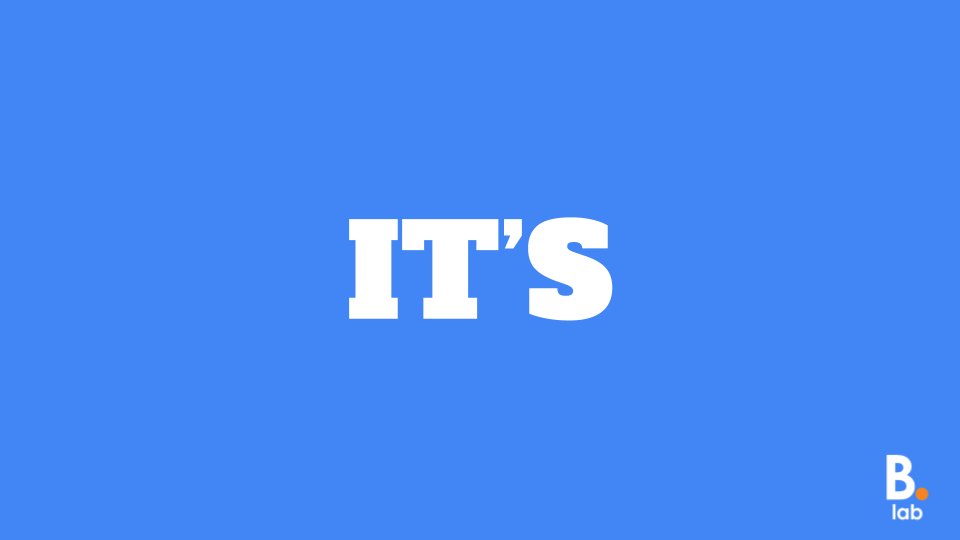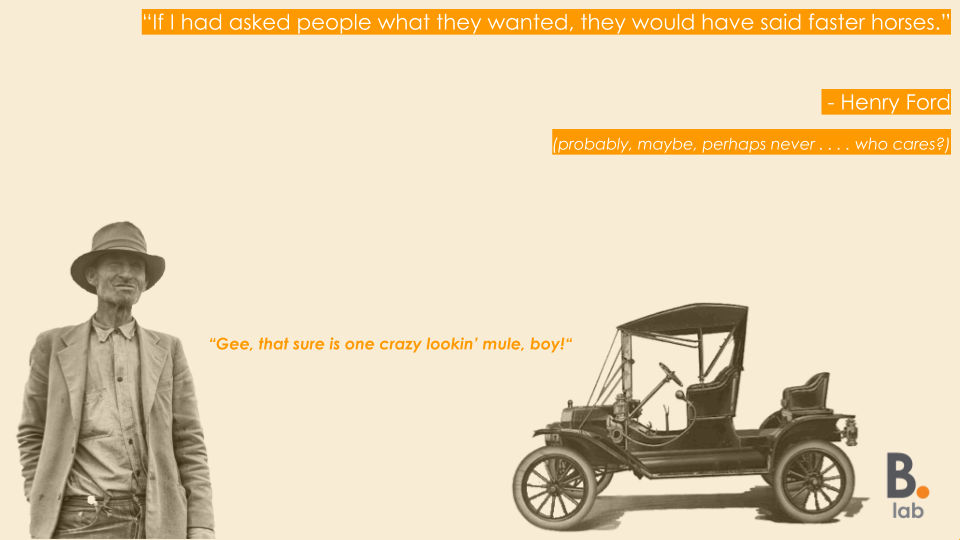Pecha Kucha - 5 decks, 100 slides, 1,500 seconds, 25 minutes . . . that we’ll never get back!
Back in December, Paul asked me to setup and facilitate a monthly design session for us to all spend some time together developing our Innovation and Design service methodology, processes and toolkits. It’s the kind of reflection that whilst important can often get overlooked when work ramps up and teams get busy ‘doing the doing’.
Following an initial catch up in January, we started the sessions in earnest on Tuesday, using a Pecha Kucha format to each pitch our idea of what working in the open looks like. Limited by the options available in the google slide timer, our 20 slides each were reduced to just 15 seconds rather than the standard 20, giving us a collective 1,500 seconds or 25 minutes to better define what we mean by working in the open, our stakeholders, their requirements, what tools we might use and how to make any changes we make to how we work a reality.
No pressure then!
15 seconds well spent - Tom’s clarification of what #WOL is (and is not).
People like working out loud for a variety of reasons. During Tom’s pitch, he reminded us that primarily we should be in it for the outcomes, rather than the recognition. It’s not about making a big noise about what we are doing, it’s about making our work purposeful and opening up opportunities to make our work better.
Paul shared some thinking on the ‘five elements of working out loud’.
We’ve always endeavoured to start from a position of making our Lab work open - meaning choosing not to make work open is an exception rather than the rule. On reflection there is perhaps more we can do. We’re going to challenge ourselves to be more open over the coming weeks and months, so watch this space, and feel free to hold us to account if you think we aren’t going far enough.
“But apart from the understanding, trust, influence, outcomes and relationships. . . . What has working out loud ever done for us?”
Working out loud has helped us curate a back-catalogue and provides a resource for both our internal and external stakeholders and followers. It’s helped us build a network of collaborators who have stretched our thinking and has opened up a host of opportunities.
In essence, as Michelle put it in her presentation, working out loud provides a way for people to connect the dots themselves in a way that makes sense to them. In short, it helps us demonstrate the value of design thinking.
Paul’s set out one of the things #WOL has helped us to do.
But we can always do more to ensure that stakeholders, whether internal colleagues or external partners and followers, can easily understand the detail around what we are working on and the positive impact that the Lab’s design-based approach can have.
Katie challenged us to do some of the things we’ve been talking about for ages
We’ve been talking about Lunch & Learns, Roadshows, Lab Shows and Lab Books for a while now. Katie challenged us to less talking and more doing.
Michelle’s slide reminds us to trust in the [design] process.
Because, as Michelle also reminded us in her presentation, it’s these types of activity which really help support working out loud and help people buy-in to the Lab approach.
Michelle set out a challenge - is it time to refresh our toolkit?
We’ve been on a journey over the past few years, and for nearly all of that time we’ve been using Trello. We’ve agreed to continue to use it but we’ll be giving our exploration pipeline a face lift in the spring in order to bring it inline with the new Bromford strategy.
In order to ensure that our ‘front doors’, like Trello and the Bromford Lab website, provide value to our stakeholders we really need to understand more about what we mean to them, and what they require from us. Ironically we are in the business of providing our colleagues with design expertise which always starts with people, but on reflection, do we always design our own service in the same way? We think we can probably do more to understand our stakeholder requirements.
The cliche bell rang loud for 15 seconds whilst Simon explained why he thinks user needs trump user wants when it comes to design.
This means getting to the heart of what our stakeholders need. It’s not about asking them what they want, it’s about digging down to identify fundamental requirements; requirements they may not even know they have.
Simon raised the question of buy-in. What does it take for people to find value in what we offer?
But, we also need to draw a line around how much we do. We must take steps to ensure that we understand our stakeholder requirements and design to meet them, but we shouldn’t get caught up in trying to be all things to all people. Working out loud exposes you and on the whole this is good as it allows stakeholders to hold you to account - encouraging transparency, self reflection and continual improvement, but it can also mean that you are under more pressure to react to stakeholder feedback in ways that teams that don’t work that way aren't. We have to balance our responsibility to work out loud with the need to get our work done.
Getting back to our roots - Paul challenged us to get out more and talk to our customers; ‘more doing and less talking’.
The trouble with New Coke was that it was designed in a Lab. They didn’t talk to their customers. Sometimes you’ve just got to get out.
We’ve got out and done lots of quick tests and discovery pieces over the years. The one we often get reminded of by external stakeholders and followers is when the original lab team took Tom’s dog to the park to help them challenge the taboo of loneliness. Another we often use as a case study for uncovering fast design-insight is our afternoon spent in Lichfield with members of the coop digital team. We need to do more of this. Not only does it provide a strange kind of respite, but it’s also essential to our work as a creative team. Telling people what design can do is a far cry from demonstrating the impact it can have; on reflection, we perhaps need to do better when it comes to compiling those compelling stories which give a design challenge context and bring our reasons for doing things (our why) to life. We’ll be blogging more about that over the coming weeks and months.
Katie set us a challenge. Put the design back into our designs - Doodling helps us think, define, develop and communicate ideas.
In terms of this session, on the whole, it went well. The Pecha Kucha format allowed us to stretch our creative muscles in an informal context and gave us a giggle in the process. Even some of the more ‘fruity’ slides (Tom had 20 of them) contained a nugget or two of gold dust. The 15 seconds per slide went quickly, but the format forced us to focus on the key points we wanted to get across, and the automatic timer held us to account. All in all a good little tool.
Throughout the course of our Designing The Lab sessions we are giving ourselves licence to revisit and update our Lab-ifesto principles when we need to. One of the key principles we will be focusing on in the coming weeks and months is that of getting work out there.
Off the back of the session we’ve set ourselves some actions. Over the coming weeks we will collectively be:
Thinking about how video diary updates might work and rapid prototyping some options
Pulling together our current Lab documentation/templates/reports and working on refreshing them to be more user friendly and reduce duplication
Building our refreshed Trello Exploration Pipeline to reflect the new Bromford strategy
Designing and testing a set of open Lab sessions to promote rapid prototyping and small scale testing as a way to explore concepts before we even get to larger tests and pilots
Looking at how we might make better use of the Lab website and social media channels to better meet stakeholder need.
If you are reading this post we would love to get your thoughts, as a stakeholder of the Lab, what value do you get from our content and how do you like to receive it? What could we do better?
---





![Michelle’s slide reminds us to trust in the [design] process.](https://images.squarespace-cdn.com/content/v1/5450f300e4b0208fa297f5c6/1551354670727-LVQFX7MHPHL48ZOSBC6Q/BeMoreLab.png)




